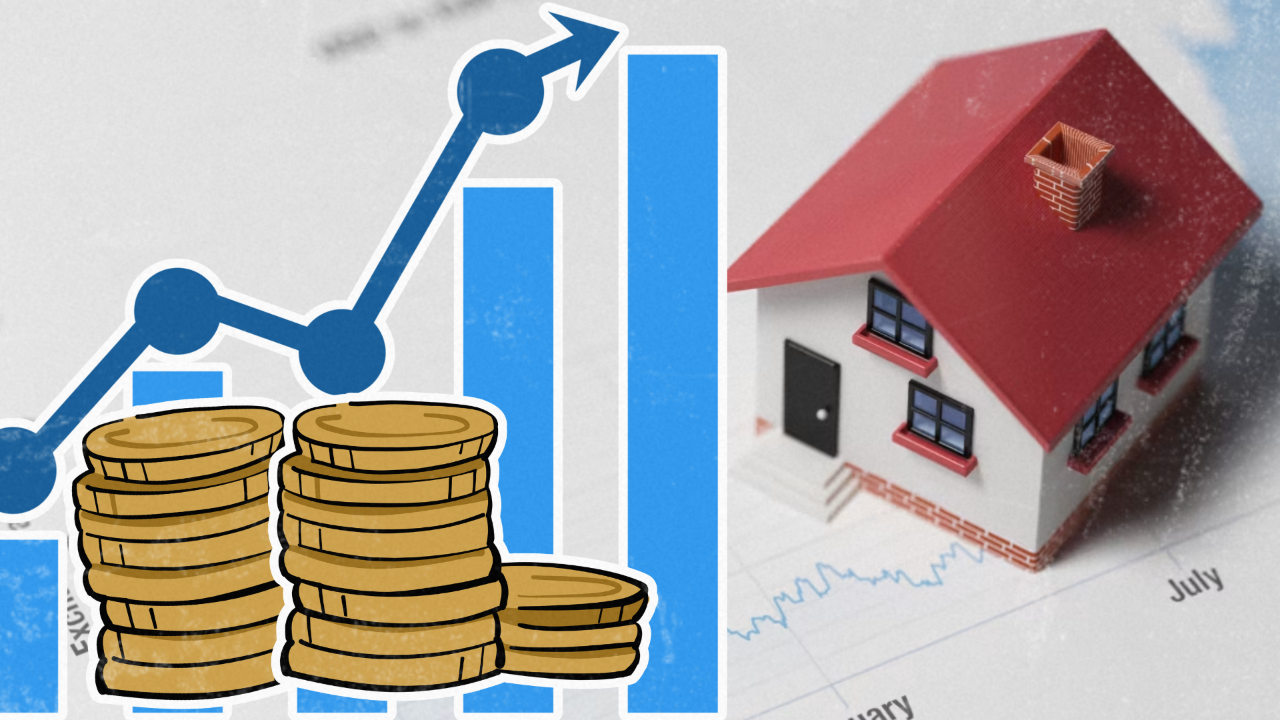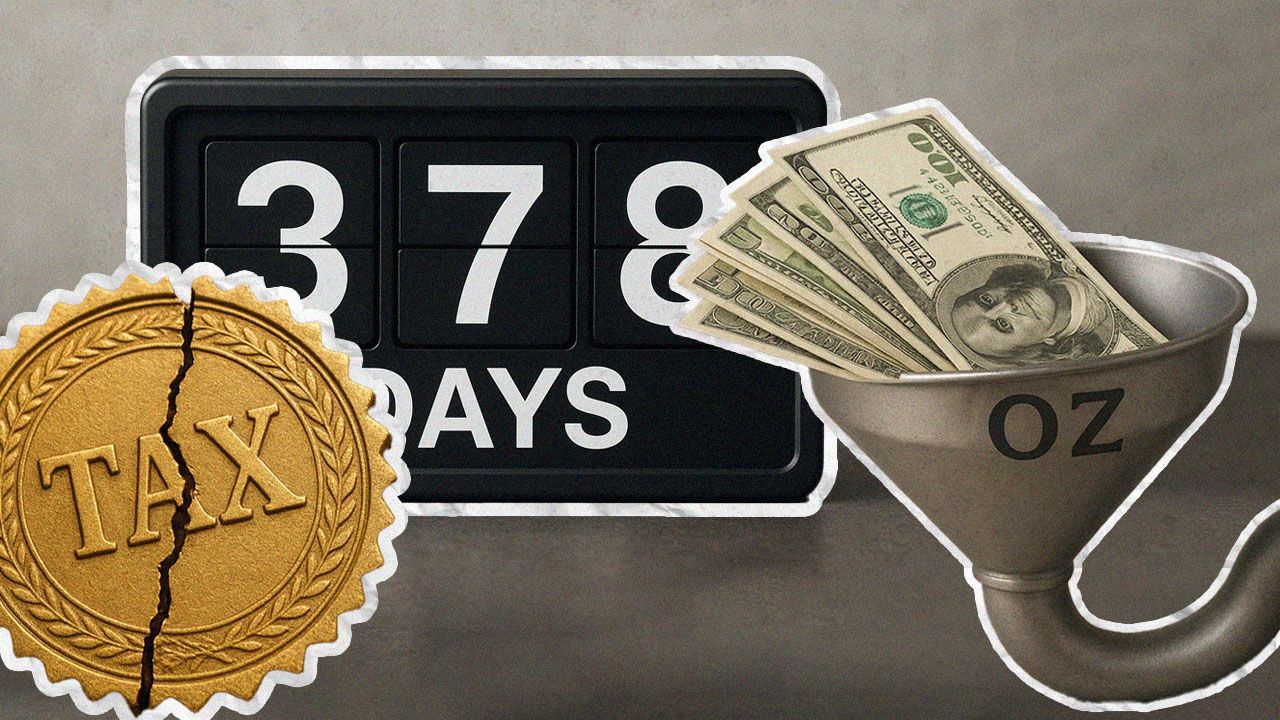How Rising Interest Rates Are Affecting the Housing Market in 2025
Apr 03, 2025
Written by David Dodge
The real estate market saw a small boost in February 2025, with home sales and new construction on the rise. This is good news after months of sluggish activity, mainly due to bad weather and economic uncertainty. However, despite this recent uptick, the number of available homes for sale is still low, keeping prices high and making it tough for buyers to find affordable options.
Mortgage rates have been a driving factor behind the slowdown in housing market activity. Many buyers and sellers are hesitant to make a move due to rising borrowing costs, and this has created a bottleneck in inventory. As a result, home prices remain elevated, and affordability remains a major challenge.
High Mortgage Rates Are Slowing Down Home Sales
In February, sales of existing homes jumped 4.2% from January, reaching an annualized rate of 4.26 million homes. While that’s an improvement, it’s still lower than last year by 1.2%. The biggest reason? High mortgage rates.
Many homeowners locked in super low interest rates—around 3.5%—when they bought their homes years ago. Now, with 30-year mortgage rates hovering around 6.5%, most of them aren’t willing to sell and take on a much higher monthly payment. This “golden handcuffs” effect is keeping a lot of homes off the market, limiting supply and driving up home prices.
According to the National Association of Realtors, the number of homes available for sale stayed at a 3.5-month supply in February. That’s far below the 6-month supply needed for a balanced market, meaning demand is still outpacing supply and keeping home prices high. With fewer homes available, bidding wars are still common in many areas, especially in desirable neighborhoods where demand remains strong.
For more insights on how interest rates are shaping the housing market, check out this analysis from U.S. Bank.
Builders Are Picking Up the Pace, But It’s Not Enough
To help with the housing shortage, new home construction increased by 15% in February compared to January. While that’s encouraging, it’s still lower than this time last year. Builders remain cautious due to rising costs, labor shortages, and uncertainty in the economy.
Many homebuilders saw fewer buyers earlier in the year because of bad weather, but demand is still out there. Buyers are looking for deals, and builders who offer incentives—like lower mortgage rates, closing cost assistance, or price reductions—are seeing more interest. However, high costs for building materials and a limited labor force are slowing down the pace at which new homes can be built. Without significant increases in new home construction, the supply-and-demand imbalance will likely persist.
What Could Impact the Housing Market Next?
The next few months will be crucial for the housing market. Several factors could shake things up, including:
-
Policy changes: Immigration laws could impact the labor force, making it harder and more expensive to build homes. A shortage of skilled construction workers could further delay housing developments and drive up costs.
-
Inflation and interest rates: If inflation spikes again, the Federal Reserve could raise interest rates, making mortgages even more expensive and further slowing down home sales.
-
Building material costs: Trade policies could affect the cost of materials, potentially slowing down new construction even more. Tariffs on imported goods, supply chain disruptions, or rising fuel costs could all play a role in keeping construction costs elevated.
How the Federal Reserve Affects Mortgage Rates
Mortgage rates tend to follow the 10-year Treasury yield, and we’ve seen a slight drop in rates so far in 2025. However, they’re still much higher than two years ago. A big reason for this is the Federal Reserve’s decision to reduce its massive $2 trillion balance sheet of mortgage-backed securities. Since the Fed isn’t buying as many mortgage bonds, private investors have to step in, which has kept mortgage rates higher than they otherwise would be.
Additionally, the Federal Reserve's stance on future rate hikes or cuts will influence where mortgage rates go next. If inflation remains under control, there could be some relief in borrowing costs, but if inflation rises unexpectedly, mortgage rates could climb even higher, making home affordability even more difficult for buyers.
Home Prices Are Still Rising, But Not as Fast
Home prices hit record highs in mid-2024 before dipping slightly toward the end of the year. But in early 2025, they started rising again. According to Redfin, the median monthly mortgage payment in January 2025 was $2,793—just a few dollars below its all-time high. With both mortgage rates and home prices staying high, affordability remains a major challenge for buyers.
Home values are increasing at a slower pace than before, but the lack of inventory continues to support high prices. In many regions, first-time buyers are struggling to find homes within their budgets, and many are turning to creative financing strategies, such as adjustable-rate mortgages (ARMs) or down payment assistance programs, to make homeownership more attainable.
Are Real Estate Investments Making a Comeback?
Real estate investment trusts (REITs) are showing signs of life after struggling in recent years. So far in 2025, REITs have returned 1.95%, outperforming the S&P 500, which is down 1.63%. The slight drop in interest rates has helped REITs bounce back, and investors are starting to take notice.
As the broader economy stabilizes, real estate investments may become more attractive. Some investors see opportunities in rental properties, short-term vacation rentals, and commercial real estate, while others are looking to real estate crowdfunding platforms as a way to invest with lower capital requirements. With rental demand remaining strong, landlords and property investors may find profitable opportunities even as home sales remain sluggish.
Final Thoughts
The housing market remains in a state of flux, influenced by interest rates, inflation, and supply constraints. While February 2025 brought some positive signs of recovery, challenges still exist for buyers, sellers, and investors. Mortgage rates remain elevated, affordability is a pressing issue, and housing supply remains tight.
For buyers, patience and strategic planning are key. Exploring loan options, negotiating with sellers, and looking for incentives from builders can help make homeownership more achievable. Sellers should be mindful of pricing their homes competitively in a market where buyers are more price-sensitive. Investors, on the other hand, should keep an eye on market trends and consider alternative real estate investment opportunities that align with their financial goals.
With so many moving parts in the economy, staying informed is crucial. If you're thinking about buying, selling, or investing in real estate, now is the time to do your research and consult with experts to make the best financial decision.







